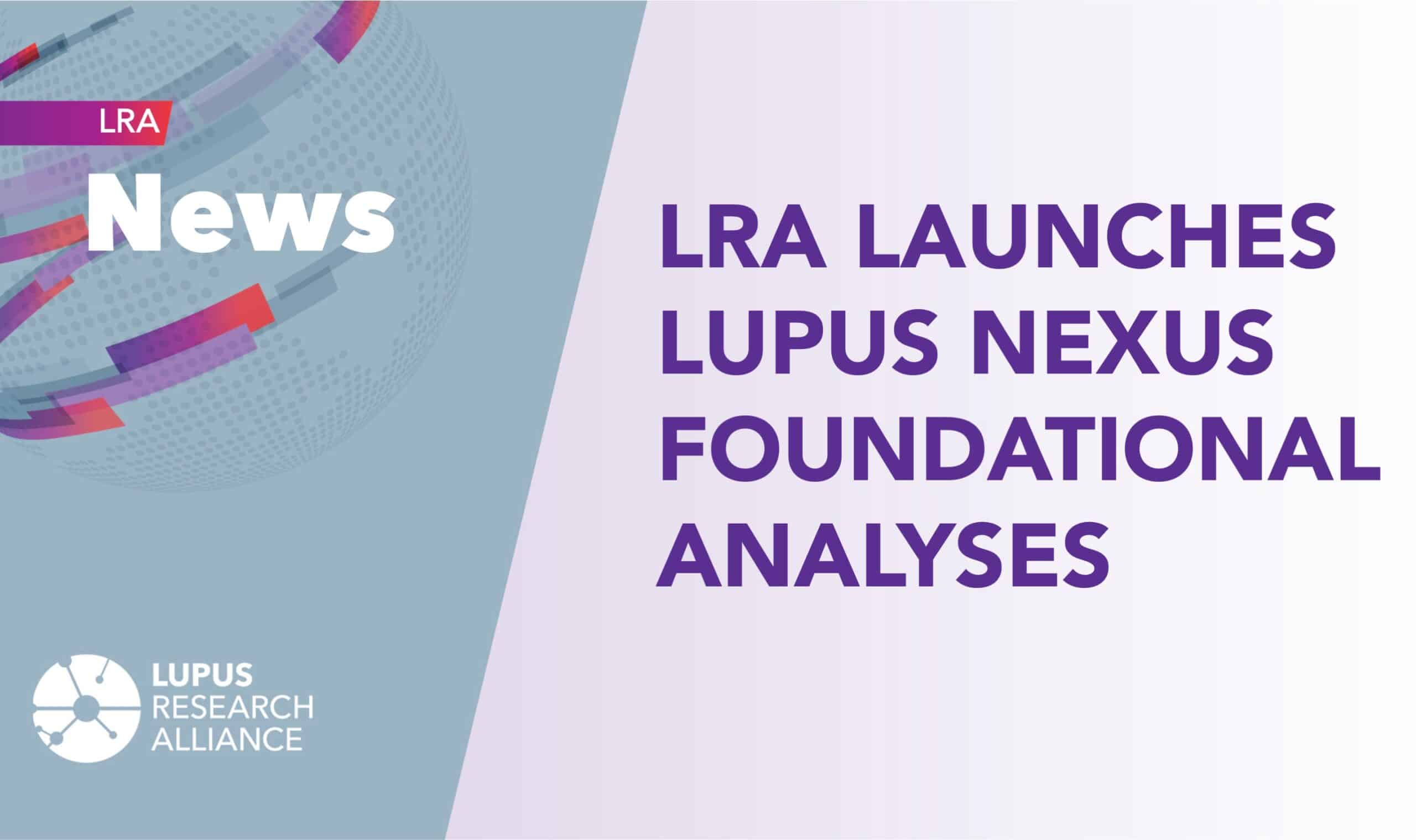New Study Partly Funded by LRA Reveals Novel Lupus Drug Targets

New Study Partly Funded by LRA Reveals Novel Lupus Drug Targets
NEW YORK, NY – May 29. Researchers partly funded by the Lupus Research Alliance (LRA) have found possible new targets for drugs to treat lupus after snapping the first close-up of a molecule that promotes inflammation.
The molecule that Target Identification in Lupus (TIL) grant recipient Dr. Roger Greenberg at University of Pennsylvania and Dr. Elton Zeqiraj and collaborators at the University of Leeds, were studying contains two pieces– SHMT2 and a cluster of proteins that affect each other called BRISC. When these two pieces attach to each other, they cause inflammation. If mice don’t have BRISC, they are less likely to develop lupus in models tested by Dr. Greenberg and his team.
To better see how BRISC and SHMT2 affect each other, Drs. Greenberg and Zeqiraj used a technique called cryo-electron microscopy to take a very high quality photo of the molecule. They found that four copies of BRISC combine to form a U-shaped structure that is strengthened by cross beams of SHMT2. Dr. Greenberg and Zeqiraj found that if they made small changes to the structure of BRISC, it can’t pair up with SHMT2.
Patients with lupus often produce too much of the immune system molecules known as type I interferons, which drive lupus symptoms by making certain genes work harder. The scientists found that if they stopped BRISC and SHMT2 from pairing up, most of those genes did not work as hard. That finding suggests that a drug that would stop BRISC and SHMT2 from connecting may provide a new way to treat lupus symptoms.
“We want to find a drug targeting BRISC to decrease interferon and other inflammatory signals so we can help lupus patients,” said Dr. Greenberg. “Knowing the weakness in the BRISC-SHMT2 structure gives us new targets to work with.”
Lupus Research Alliance President and CEO Kenneth M. Farber said, “Dr. Greenberg’s results are very exciting, pointing to potential targets for new drugs to be developed. We saw great potential in his TIL proposal and look forward to further progress in his work.”
The scientists published their results this week in Nature.
Read Press Release from University of Pennsylvania and University of Leeds



